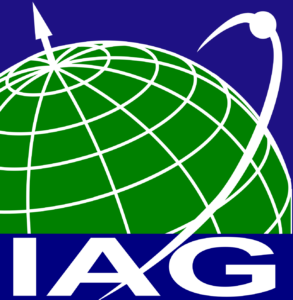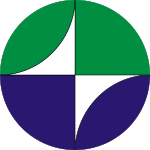JWG M.3: Seafloor pressure – an essential variable formonitoring vertical deformation as well as ocean dynamics
Chair: Matt Wei (USA)
Affiliation: Commission 3, ICCC
Terms of Reference
Seafloor pressure data is quite unique comparing to other commonly used seafloor geodetic methods because it can continuously measure seafloor deformation in the vertical direction. Pressure sensors can be connected to cabled networks or deployed as a temporal array for a couple of years. For the past decade, cabled networks with seafloor pressure sensors have been built in Japan, USA and Canada. Many temporal arrays have been deployed in New Zealand and USA. Most of the data have been used to monitor marine volcano deformation such as Axial Seamount in USA and detect slow slip events in subduction zones such as New Zealand. They provided the needed temporal and spatial resolution at a reasonable cost which are not possible using other methods. The main challenge of using seafloor pressure data is the large oceanic noise.In most places, the ocean noise is at about a few centimeters equivalent of water. It is small comparing to large deformation caused by major earthquakes and volcanic eruption. However, it is quite large comparing to the long-term tectonic loading and slow slip events in subduction zones. On the other hand, the ocean noise for geophysicists is physical oceanographer’s signal. Regional observations of bottom pressure are sensitive to mesoscale circulation effects such as eddies, current meanders, and coastal trapped waves. At basin scales, bottom pressure can provide constraints on circulation mass budgets. Therefore, seafloor pressure is an essential variable for monitoring ocean dynamics too. Reducing water noise to improve our ability to detect small tectonic vertical deformation requires collaborations with physical oceanographers, which is a main objective of this working group. Another challenge of using seafloor pressure data is the instrumental drift. Most currently used pressure sensors have an uncertain instrumental drift of a few to 10ths of centimeters per year in the first few months or years. This prevented us to monitor long-term, steady tectonic loading. Significant progress has been made to calibratethe instrumental drift and commercial drift-free pressure sensors have been developedand are available now. However, the long-term performance of these drift-free sensors is still a question. This working group is actively promoting collaborations to solve these challenges so the scientific community can use seafloor pressure data to solve important questions. Seafloor pressure should be combined with GNSS-A and/or direct ranging to providea 3D view of seafloor deformation.
Objectives
- To reduce ocean noise in seafloor pressure data for better measurements of vertical tectonic deformation;
- To better understand tectonic processes and assess related ocean hazards;
- To encourage collaborations between geophysicists and physical oceanographers;
- To promote international collaborations.
Program of Activities
- Organize workshops between geophysicists and physical oceanographers.
- Create a website for easy access of existing seafloor pressure data.
- Organize sessions in international conferences such as AGU Fall Meeting, OceanSciences Meeting, and IUGG meeting.
Members
- Matt Wei (USA); Chair
- Erik Fredrickson (USA)
- Karina Ramos Musalem (Mexico)
- Randy Watts (USA)
- Heidrun Kopp (Germany)
- Valérie Ballu (France)



